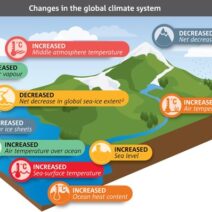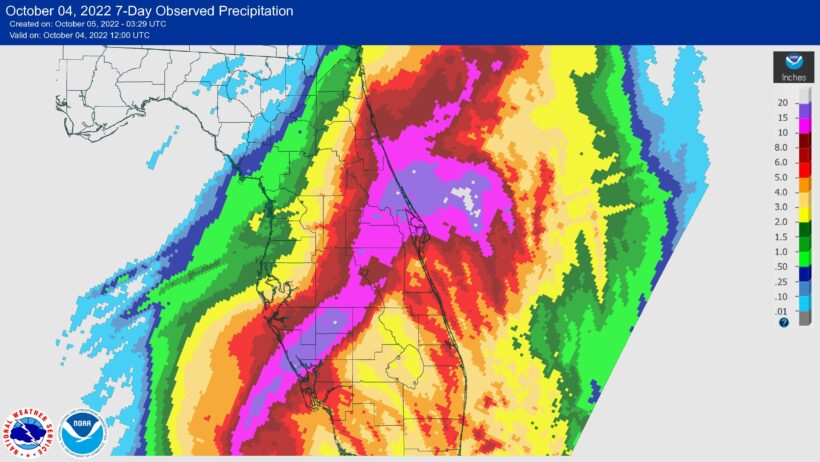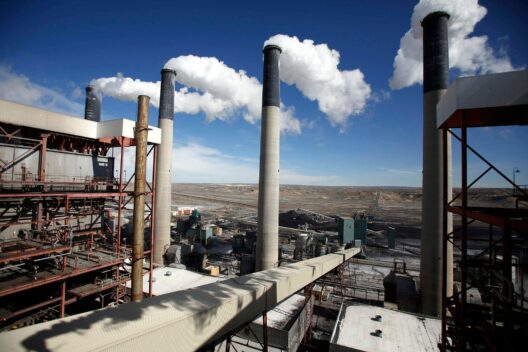When discussing global warming, the conversation often gravitates towards carbon dioxide (CO2) as the primary driver of climate change. However, while CO2 undeniably plays a significant role, a plethora of other greenhouse gases contribute to the warming of the planet, each with its own unique characteristics and effects. In this exploration, we will delve into the less frequently discussed culprits, such as methane, nitrous oxide, hydrofluorocarbons, and others, revealing the profound implications for our climate and strategies for mitigation.
Methane (CH4) is often heralded as one of the most potent greenhouse gases, with a global warming potential over 25 times greater than that of carbon dioxide over a century. Its sources are multifaceted, originating primarily from agricultural practices, fossil fuel extraction, and landfills. The decomposition of organic matter in anaerobic conditions—where oxygen is in short supply—produces methane, underscoring the critical importance of waste management and agricultural practices. For instance, enteric fermentation from livestock contributes significantly to methane emissions, a reality that compels a reevaluation of our meat consumption patterns. Implementing innovative agricultural practices could vastly reduce methane emissions, yet the challenge remains steep.
Then there’s nitrous oxide (N2O), which, while less prevalent than CO2 and methane, has a global warming potential that is approximately 298 times greater over a century. This gas predominantly emanates from agricultural soils, particularly through the application of synthetic fertilizers. The biochemical processes that help crops flourish also inadvertently release nitrous oxide into the atmosphere. Thus, there is a dual imperative: improving fertilizer efficiency and exploring alternative agricultural techniques, such as precision farming and agroecology, to mitigate these emissions.
In addition to nitrous oxide, we encounter hydrofluorocarbons (HFCs), synthetic compounds frequently utilized in refrigeration and air conditioning systems. Although they were initially celebrated as alternatives to ozone-depleting substances, their global warming potential is alarming. Some HFCs can be thousands of times more potent than CO2. The transition to low-GWP (Global Warming Potential) refrigerants is essential, but it is surprisingly complicated due to existing infrastructure and regulatory hurdles. International agreements such as the Kigali Amendment to the Montreal Protocol offer hope, yet the implementation will require concerted global cooperation.
Moreover, sulfur hexafluoride (SF6) warrants attention due to its extreme potency, with a global warming potential that is over 23,500 times that of CO2. Used in electrical insulation and gas-insulated switchgear, SF6 is a manufactured chemical that does not occur naturally. Despite its relative obscurity in popular discussions on climate change, its efficacy in trapping heat means that it should not be overlooked. Developing alternatives for its use and establishing efficient recovery mechanisms can help mitigate its impact.
Another category that deserves scrutiny is the volatile organic compounds (VOCs), a group of organic chemicals that can contribute to ozone formation in the atmosphere. While VOCs can originate from natural sources, such as vegetation, the bulk comes from human activities that introduce them into the atmosphere. The interplay between VOCs and climate is complex because, although some contribute directly to warming, others can foster cooling effects by promoting cloud formation. Consolidating our understanding of these compounds is essential for formulating effective environmental policies.
Each of these gases operates within a unique framework of atmospheric chemistry and physics, manifesting their impacts in various ways. It is imperative for policymakers, scientists, and the public to comprehend that tackling climate change requires a holistic approach that addresses not just carbon dioxide, but the entire suite of greenhouse gases. The advantages of such an approach are manifold; reducing a variety of greenhouse gas emissions can yield immediate benefits, including enhancements in air quality and human health.
Furthermore, the interplay between different greenhouse gases offers intriguing possibilities for synergistic solutions. For instance, the reduction of methane emissions can also lead to a decrease in ground-level ozone, further amplifying the climate benefit. Researchers are now investigating the potential for integrated models that take into account these interactions, thus generating strategies that comprehensively address climate change.
Public awareness is critical for propelling these changes. The oft-obsessed narrative surrounding carbon dioxide must be broadened; stakeholders from diverse sectors must engage in discourses that incorporate methane, nitrous oxide, and other substances. This paradigm shift from a one-dimensional focus on carbon to a multifaceted perspective on all greenhouse gases can galvanize groups traditionally outside the climate movement, creating a unified front against climate change.
In conclusion, while carbon dioxide may dominate discussions on climate change, a comprehensive understanding of global warming necessitates recognizing the roles of other greenhouse gases. Methane, nitrous oxide, hydrofluorocarbons, sulfur hexafluoride, and volatile organic compounds each present unique challenges and opportunities in our fight against climate change. By rethinking our approach and cultivating a broader awareness, society can work towards innovative solutions that address the complexity of greenhouse gas emissions. A harmonious strategy that integrates diverse gases into our climate action framework is not merely essential; it is crucial for the sustainability of our planet. The time to act is now.








